Pond Dredging vs. Biological Pond Treatment
Pond Dredging vs. Biological Pond Treatment
Your once lively blue pond has slowly become a swamp of sorrows and shame. No one wants to look at a gunky green pit when they roll up to your property, but as of late, this is the situation you’re in. Wanting to fix this weed-filled eyesore, you’ve come across two potential solutions: dredging and biological treatment. But how do you know what’s the best choice for you?
At State Chemical, we manufacture and distribute chemical and biological solutions for various applications, including pond treatment. Ponds are often visitors’ first impressions of a facility upon arrival, so it’s easy to see why you need a quick and effective solution.
To help you determine the best course of action for your property, we will explain dredging and its pros and cons, and then we will explain biological pond treatment and its pros and cons. After reading, you’ll understand how both methods could benefit you and which is the best way to treat your pond.

What is Pond Dredging?
Pond dredging refers to manually removing debris from a pond with specialized equipment, such as an excavator. This is a reactive approach toward pond treatment, meaning it’s completed after algal blooms and debris have gotten out of hand.
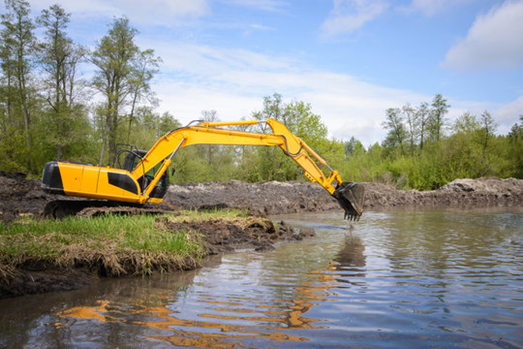
Usually, pond dredging will need to be completed every few years if this is your chosen approach, but in that time, it will be effective and give quick initial results.
Should I Dredge My Pond?
As with anything, pond dredging has pros and cons that make it more fit for certain preferences and less fit for others.
Pro: Pond Dredging is a Quick Fix to Overgrowth Problems
Pond dredging is often a go-to for property owners because it’s a quick solution. If you call a dredging service and they start work, you’ll know your pond will be restored in a few days or weeks.
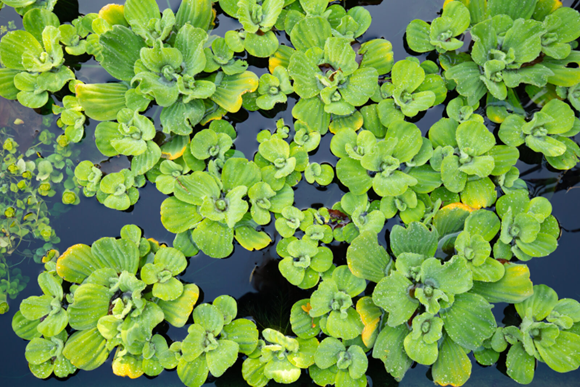
Say you have an event at your property at the end of the month—a community-wide gathering with the potential to garner significant interest in your business. You’re excited for the opportunity, but you suddenly realize that the pond care you’ve been putting off needs to happen as soon as possible.
In this situation, pond dredging is a great way to ensure the issue is handled promptly. You want your property to make a good impression on visitors, and with quick dredging, that’s a more feasible outcome.
Con: Pond Dredging is a Costly and Disruptive Service that Can Be Damaging if Done Incorrectly
On the flip side, pond dredging does involve a high price tag and disruptions to your facility. Typically, dredging costs $5,000–$100,000 (varying heavily based on the size of your pond and the severity of the issue).
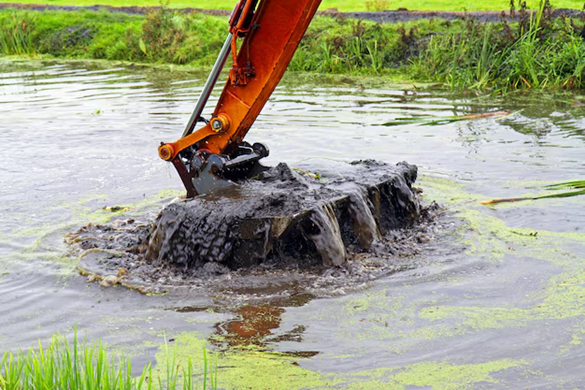
Additionally, while fast-working, dredging can be disruptive to your property while in progress. The heavy-duty equipment required will take up space and can be noisy. If your property is an office park, for example, this may create complications with parking and distractions from work.
Plus, if done improperly, dredging can risk damage to aquatic habitats, release pollutants into the water, and disturb fish nesting or spawning sites.
For these reasons, some property managers prefer to avoid dredging.
Pro: Pond Dredging Only Needs to Be Completed Every Few Years
A benefit of dredging is that it only needs to be completed every few years. Once your pond starts looking gunky and overgrown, you can contact a dredging company and get service started. This way, you won’t have to continually complete treatment. Instead, when you notice an issue, you handle it.
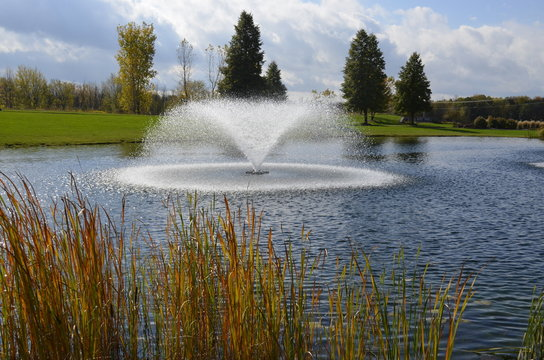
If this is your preferred way of addressing your pond problems, dredging is a good option for you.
Con: Pond Dredging Does Not Solve the Root of the Problem
However, it’s important to realize that dredging does not solve the problem at its root.
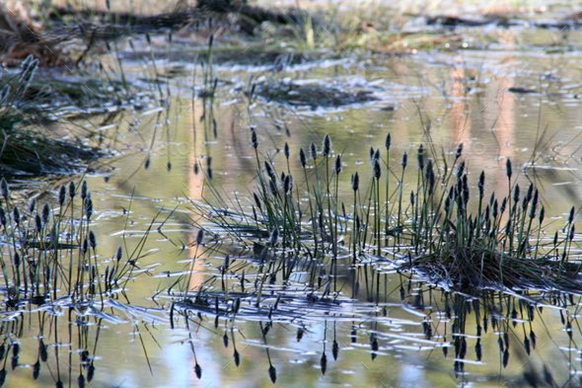
Weed and algal overgrowth in ponds is caused by an excess of nutrients (namely phosphorus and nitrogen) in the water. When you dredge your pond, you eliminate the excess plants, but you do not remove the excess nutrients. This means that the overgrowth cycle will begin again after dredging is completed, making this reactive solution only temporary.
What is Biological Pond Treatment?
As opposed to dredging, biological pond treatment involves adding “good” bacteria to your pond to reduce excess nutrients via bioaugmentation.
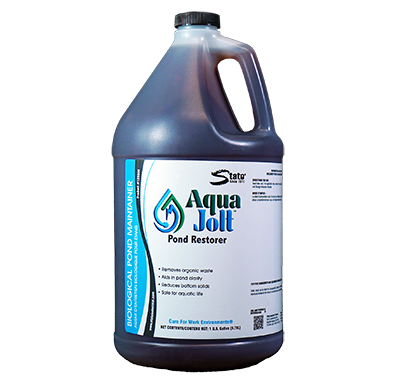
Bioaugmentation involves cultivating a colony of bacteria to improve the health of the environment in which the colony is located. For ponds, this means adding “good” bacteria to outcompete “bad” bacteria for the same food sources.
Through this process, the “bad” bacteria are starved out, and excess nutrients are broken down, effectively removing them from the ecosystem and reducing the negative effects the “bad” bacteria produce.
Biological pond treatment usually starts with aggressive treatment for a couple of weeks before leveling out with continuous monthly treatments thereafter. Once this process takes hold of your pond, the water will become clearer, debris will be reduced, and conditions will improve overall.
Should I Use Biological Pond Treatment?
As with pond dredging, different factors make biological pond treatment a more or less fitting solution.
Pro: Biological Pond Treatment Gets to the Root of the Problem
The main reason why many property managers use biological pond treatment is because of how it treats the root of the pond’s problem. Since excess nutrients are the cause behind excess plant growth, the removal of the excess nutrients curbs surplus plant growth in the long term.
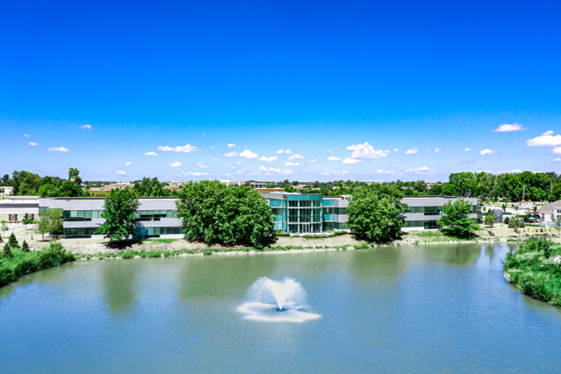
With continued use, nutrient levels will continue to be kept under control, so the pond will be healthier as long as treatment is consistent.
Pro: Biological Pond Treatment is Both Preventative and Reactive
Another benefit of biological pond treatment is that it can serve as both preventative and reactive maintenance depending on your situation.
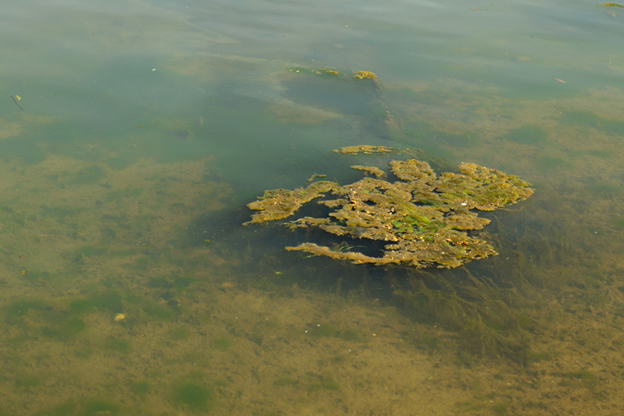
For example, if your pond is in a state of severe deterioration, you can use biological treatment to restore it. Then, once the pond is revitalized, you can continue using biological treatment to maintain these results and prevent any future disrepair. This makes it a great all-around solution for stopping pond problems.
Con: Biological Pond Treatment Takes Time to Start Working
The main downside to biological pond treatment is that it takes longer to work than dredging or any other pond treatment method. With biological pond treatment, changes usually won’t be noticeable for at least a few weeks.

If you have the time to wait for these improvements, biological pond treatment is still an option. But if you’re in a rush to improve your pond appearance quickly, it's better to complete pond dredging instead.
Pro: Biological Pond Treatment is a Non-Disruptive Long-Term Solution
This being said, biological pond treatment is a long-term solution that will cause minimal disruption (if any) to your facility. After getting through the initial “activation” period, biological pond treatment will remain consistent, pushing pond care to the back of your mind.
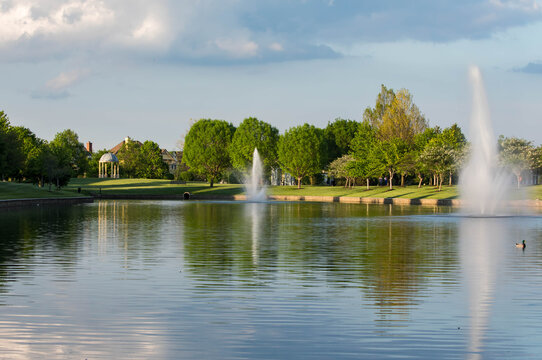
From there, the biological product will just need to be applied monthly. If this responsibility is left to you, it will just be a task on your calendar. Meanwhile, if you buy from a company that offers service, a representative will complete this monthly treatment in your stead.
In any case, this will be much less disruptive than having heavy-duty machinery on site, and once it becomes a part of the routine, your pond will be maintained perpetually thereafter.
Learn About State Chemical’s Biological Pond Treatment
Murky green ponds overflowing with weeds are rather off-putting to visitors, but with dredging or biological treatment, these issues can be mitigated. Now that you know whether dredging or biological treatment is the right approach for your facility, watch the video below to learn about State Chemical’s pond program.








